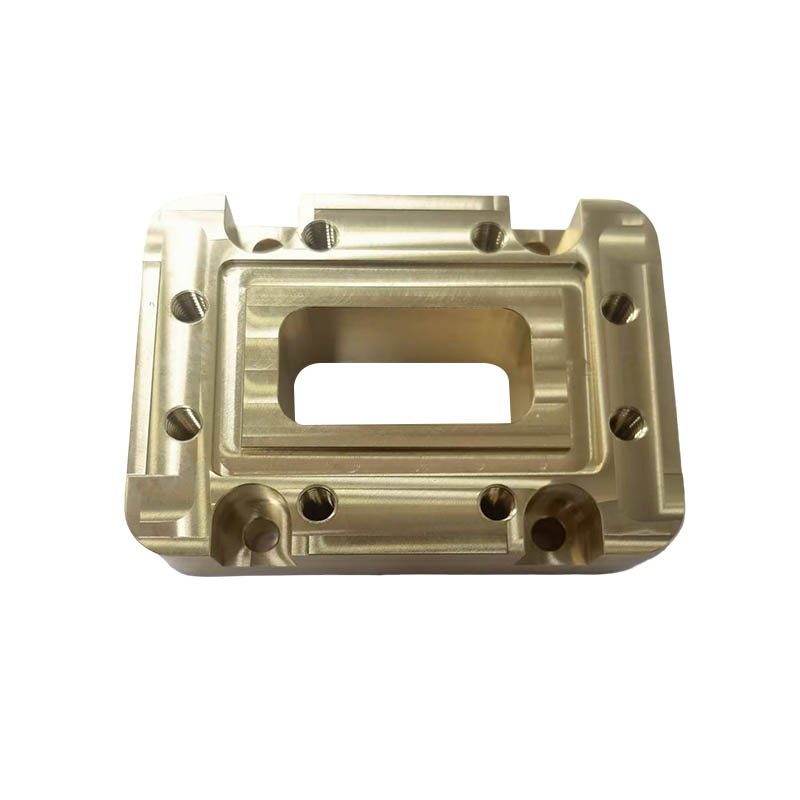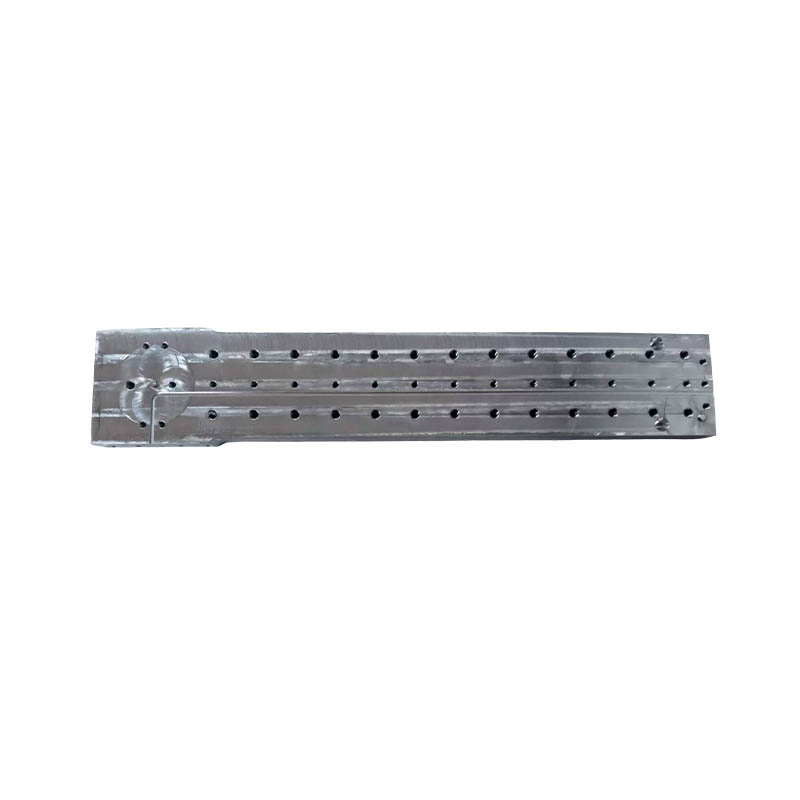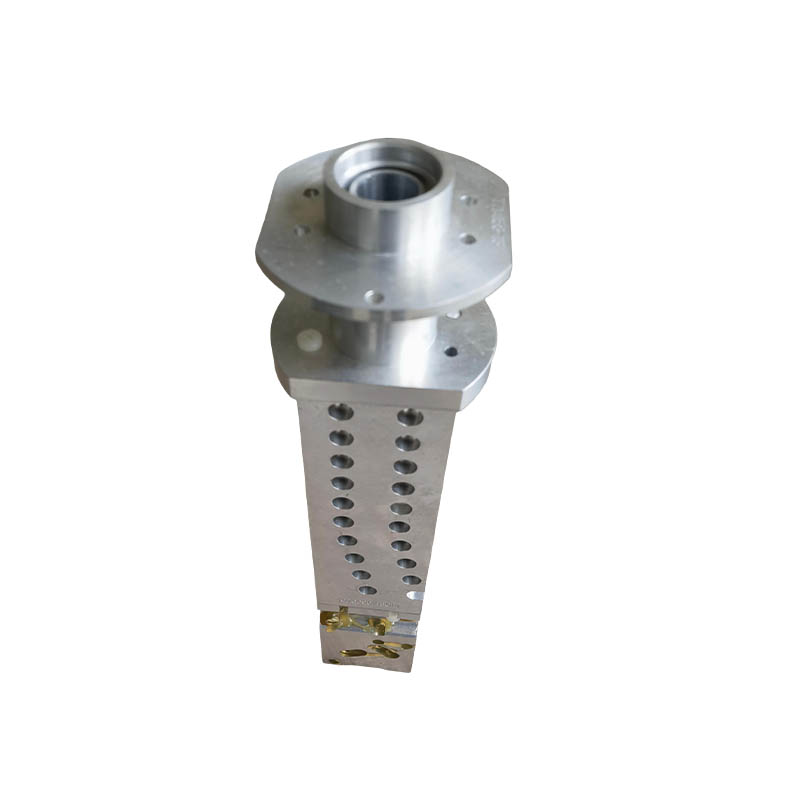The "environmentally friendly aesthetics" manufacturing revolution for medical precision parts
Release Time : 2025-08-20
Amidst the rapid advancement of medical technology, the precision, safety, and environmental performance of medical devices and products have become core elements crucial to patients' health and well-being. From surgical instruments to implantable devices, from diagnostic instruments to rehabilitation aids, the manufacturing of every component embodies the ultimate pursuit of technology and a reverence for life. This article will focus on the precision manufacturing of medical products, analyzing how advanced processes such as CNC machining and machining can be combined with environmentally friendly concepts to create high-quality medical parts that meet international standards.
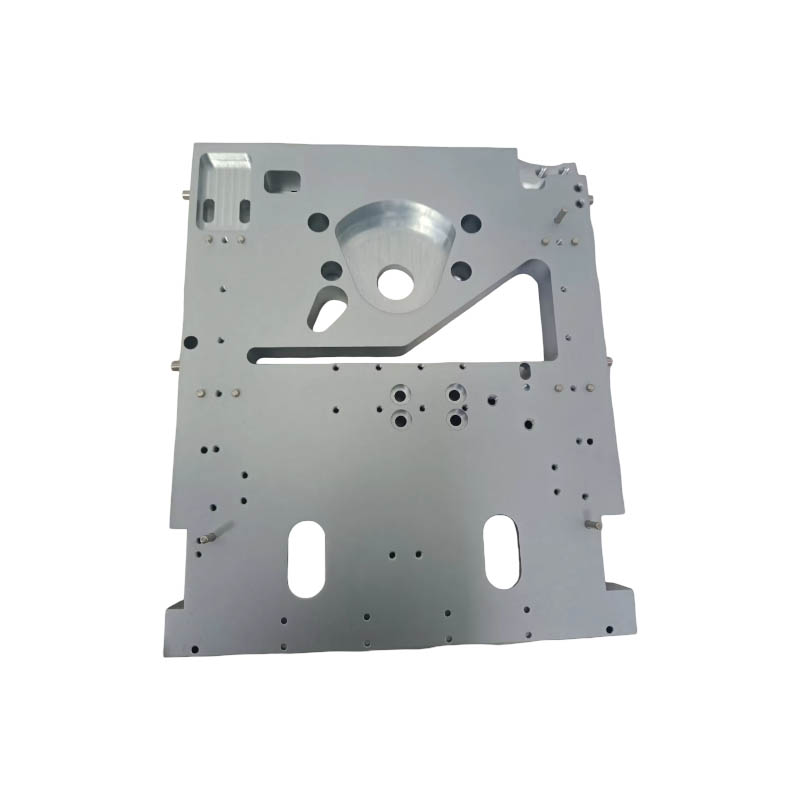
I. Precision Manufacturing: The "Lifeline" of Medical Products
Medical products are unique in that they come into direct or indirect contact with the human body, placing stringent demands on component machining accuracy, surface quality, and material stability. For example, surgical instrument cutting edges must be sharp and free of blunt edges to minimize tissue damage; implantable stents must have smooth edges without sharp corners to avoid scratching the blood vessel walls; and optical components in diagnostic instruments require a uniform surface color with no color variations to ensure accurate test data.
CNC machining and machining technologies, with their high precision and consistency, have become the preferred solutions for medical component manufacturing. Through computer numerical control (CNC) programming, CNC equipment can achieve micron-level machining accuracy, ensuring that part dimensions meet exacting design requirements. Multi-axis machining technology enables the formation of complex structures, such as the curved surfaces of orthopedic implants and the lattice structures of cardiovascular stents. Furthermore, machining processes such as grinding and polishing can further eliminate microscopic surface defects, achieving the ultimate requirement of "no blunt edges or sharp corners," providing a hardware guarantee for medical safety.
II. Material Selection: Considering Both Environmental Protection and Performance
Medical product materials must balance biocompatibility, corrosion resistance, and environmental performance. Currently, mainstream medical component materials include:
Metal materials: aluminum (lightweight and easy to process), copper (antibacterial and conductive), and stainless steel (corrosion-resistant and high-strength), widely used in surgical instruments, implants, and instrument housings.
Non-metal materials: such as PEEK (polyetheretherketone; bioinert and high-temperature resistant), ceramics (high hardness and wear resistance), and medical-grade plastics (transparent and sterilizable), are used in artificial joints, dental restorations, and disposable consumables.
All materials undergo rigorous screening to ensure they are non-toxic and non-allergenic, and comply with RoHS (Restriction of Hazardous Substances) and REACH (Registration, Evaluation, Authorization and Restriction of Chemicals) standards, eliminating potential harm to the human body from hazardous substances such as lead and mercury.
III. Environmentally Friendly Surface Treatment: A Perfect Blend of Function and Aesthetics
The surface treatment of medical parts not only affects their appearance but also directly impacts their functionality and service life. The following environmentally friendly processes are employed for different materials and applications:
Anodizing (aluminum): This creates a dense oxide film on the surface through an electrolytic reaction, improving corrosion and wear resistance. It can also be dyed to achieve a uniform, uniform appearance, meeting the color marking requirements of medical devices.
Passivation (stainless steel, copper): This creates a passive film on the metal surface, insulating it from media corrosion and extending the life of the device. It is particularly suitable for surgical instruments that undergo repeated sterilization.
Non-metallic coatings: PTFE (polytetrafluoroethylene) coatings, for example, reduce the coefficient of friction and are used for components requiring dexterity, such as catheters and endoscopes. Silicone coatings, on the other hand, provide a soft touch and are suitable for rehabilitation assistive devices.
All surface treatment processes utilize environmentally friendly formulas, including chromium-free and fluorine-free, ensuring no harmful emissions during the process. The final product also passes biocompatibility testing (such as ISO 10993), guaranteeing patient safety.
IV. International Certifications: A Dual Commitment to Quality and Responsibility
Medical product manufacturing adheres to the highest global standards. From raw material procurement to finished product shipment, we maintain a traceable quality management system at every stage, certified to ISO 13485 (Quality Management System for Medical Devices). Furthermore, our products undergo testing by internationally recognized organizations, such as the FDA (U.S. Food and Drug Administration) and CE (European Union Safety Certification), to ensure compliance with regulatory requirements in our target markets.
Protecting lives with craftsmanship, leading the future with innovation
Precision manufacturing of medical products lies at the intersection of science and technology. Through the in-depth integration of CNC machining, environmentally friendly materials, and surface treatment technologies, we not only achieve zero defects in our parts but also uphold our environmental responsibility through sustainable manufacturing practices. In the future, with the further application of technologies like 3D printing and intelligent testing, medical parts manufacturing will enter a new era of higher precision and greater personalization, providing safer and more effective medical solutions for patients worldwide.
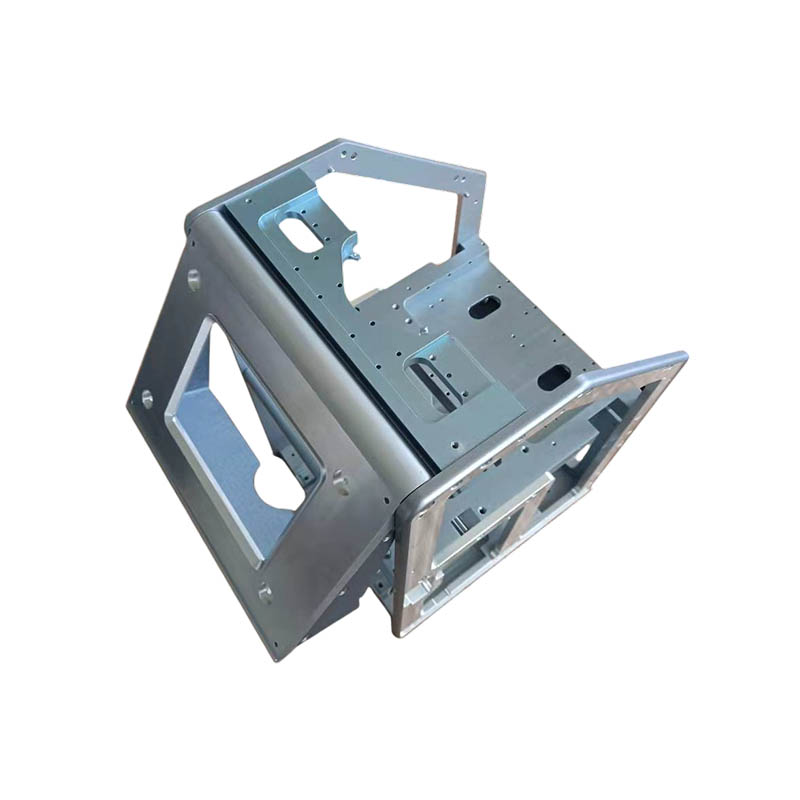
Life first, striving for excellence—this is not only the guiding principle of medical manufacturing, but also our enduring commitment to human health.

